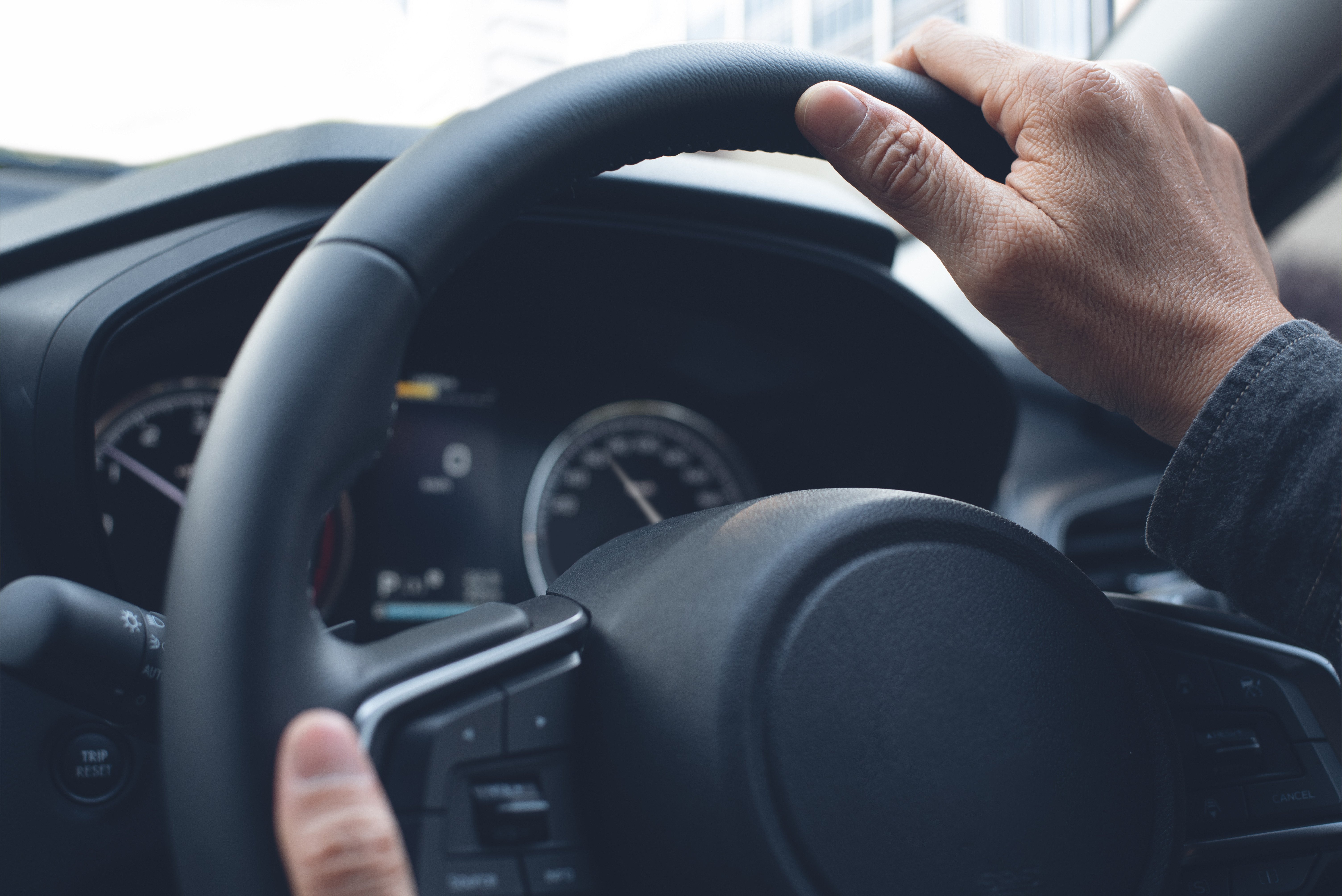
It’s an employer’s responsibility to protect their employees, as well as the company’s bottom line. And when crashes happen on the job, it’s often the employer who is ultimately responsible.
According to the National Safety Council (NSC), motor vehicle crashes are the No. 1 cause of work-related deaths and account for 24% of all fatal occupational injuries.
On average, a property damage crash costs employers $24,500. When there is an injury, that amount increases to $150,000 per crash, including medical and legal expenses, property damage and lost productivity. If there is a fatality, that number is exponentially higher.
Employees who engage in risky behavior — such as using their cellphones while driving — expose themselves and their employers to big risks.
Similarly, employers who know the risks, yet encourage employees to use their cellphones while driving to conduct business, can also be held legally responsible. What can companies do to reduce employer liability for on-the job crashes? Understanding the law is the first step.
Employer Liability for Crashes
Federal law prohibits commercial drivers from using handheld mobile phones or texting while operating commercial trucks or buses. Additionally, 47 states and the District of Columbia ban all drivers from texting while driving, and 15 states and the District of Columbia ban all drivers from talking on handheld phones while driving.
When it comes to cellphone use, there is a legal theory of “vicarious responsibility” that holds an employer legally responsible for an employee’s negligent actions if the employee “was acting within the scope of his or her employment at the time of the crash.”
This could include a scenario in which an employee causes a crash in a company vehicle because he is on the phone while driving, but can also extend to an employee making work-related calls on his personal time, in his personal vehicle and on his personal cellphone.
Negligent entrustment is another legal theory that occurs when an employer negligently provides a company vehicle to an employee who then causes injury or death to a third party with that vehicle.
To prove negligent entrustment, the injured party has to prove that the driver was unlicensed, incompetent, reckless or otherwise unfit to safely drive the vehicle, that he or she caused the crash, and that the employer should have known that the driver was unfit.
If a crash results in death or injury, a case for damages is often made against the employee who was driving the vehicle, as well as the employer.
The good news is that most on-the-job crashes are preventable if drivers have the right training and skills. How can companies improve fleet safety and reduce employer liability for crashes?
#1: Create a strong safety culture.
Creating a safety culture helps to protect employees from crashes and injury and keeps everyone safer on the road. It also helps to protect employers from liability.
This includes conducting a Motor Vehicle Report (MVR) check on every driver at your company and creating a formal training policy to improve fleet driver safety. Once these policies and procedures have been established and “blessed” by senior management, they must be written down and communicated to employees.
Simply following state laws, federal rules and Occupational Safety and Health Administration (OSHA) requirements only provides the minimum safety standards required by law. In some cases, these laws are not strict enough. Educate employees about the dangers and risks, monitor them to make sure they are compliant and consistently enforce safety policies to ensure you are protected.
#2: Adopt a distracted driver policy.
Distracted driving is one of the biggest causes of crashes and is caused by anything that takes the driver’s attention off the road or their hands off the wheel. According to the National Highway Traffic Safety Administration (NHTSA), distracted driving caused 3,450 deaths on U.S. roadways in 2016.
Cellphone use is a big part of the problem. Cellphones and other hands-free devices dramatically increase a driver’s risk of causing a crash.
According to the NSC, the best practice is to ban all employees from using any cellphone device while driving in any vehicle during work hours or for work-related purposes. This policy could also be extended to cover off-the-job use of a company-provided wireless device, use of personal devices that are reimbursed by the company and use of devices in company-provided vehicles.
It is worth noting that U.S. Department of Transportation (DOT) regulations include commercial fleets, but most passenger vehicles are not included in the federal rules. Even noncommercial drivers who drive for work-related business are exposed to risk of crash and subsequent liabilities.
#3: Provide drivers with training and coaching.
Training keeps your company and fleet in compliance and helps drivers understand and avoid vulnerabilities that can put them, other drivers and your company at risk. Implementing the right driver safety program can significantly reduce the number of employee-involved crashes, which in turn protects your company from liability.
Advanced, behind-the-wheel driver safety training – combined with classroom instruction in small groups – is unique in that it combines the physical realities of traffic, weather and dynamic road conditions with the constant reinforcement of a certified trainer.
There is no magic bullet to protect your company 100% from liability if an employee is involved in a crash. However, proving that you have a safe driving culture, an established distracted driver policy in place, and well-trained employees who are consistently monitored for compliance equips you with a better defense.
Smith System offers a number of fleet-management solutions that allow you to track fleet vehicles and monitor driver behavior. To learn more about how The Smith5Keys® can help improve driver safety, reduce distracted driving and lower liability risk with your fleet, contact our team of experts today.










